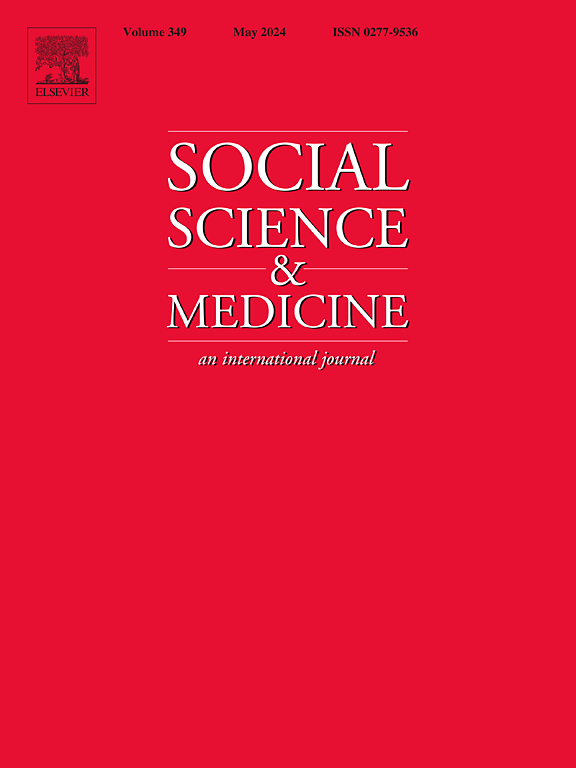A multidimensional tool for quantifying structural racism: Application to adverse pregnancy outcomes in Chicago, Illinois
IF 4.9
2区 医学
Q1 PUBLIC, ENVIRONMENTAL & OCCUPATIONAL HEALTH
引用次数: 0
Abstract
Understanding the relationship between structural racism and health is essential for identifying practice- and policy-based interventions to reduce health inequities. We developed neighborhood-based measures of structural racism and tested their associations with adverse pregnancy outcomes, health outcomes characterized by some of the most pronounced racial inequities. We leveraged electronic health records from 89,410 pregnant patients at six Chicago-area hospitals. Patients were linked with neighborhood exposure to 22 experiences reflective of structural racism based on home address, geocoded to the census tract. Measures were summarized into six domains identified as salient to Black women in the literature: law enforcement, housing, medical, employment, education, and community infrastructure. The primary outcome was preterm birth and models were stratified by race and ethnicity. After adjustment for neighborhood socioeconomic status, Black patients in neighborhoods with unfavorable law enforcement practices and school characteristics were more likely to deliver preterm (law RR: 1.07; 95 % CI: 1.02, 1.12; education RR: 1.08; 95 % CI: 1.03, 1.14). This study developed an approach for quantifying multiple domains of structural racism and illustrated its value in the context of preterm birth risk among Black patients.
求助全文
约1分钟内获得全文
求助全文
来源期刊

Social Science & Medicine
PUBLIC, ENVIRONMENTAL & OCCUPATIONAL HEALTH-
CiteScore
9.10
自引率
5.60%
发文量
762
审稿时长
38 days
期刊介绍:
Social Science & Medicine provides an international and interdisciplinary forum for the dissemination of social science research on health. We publish original research articles (both empirical and theoretical), reviews, position papers and commentaries on health issues, to inform current research, policy and practice in all areas of common interest to social scientists, health practitioners, and policy makers. The journal publishes material relevant to any aspect of health from a wide range of social science disciplines (anthropology, economics, epidemiology, geography, policy, psychology, and sociology), and material relevant to the social sciences from any of the professions concerned with physical and mental health, health care, clinical practice, and health policy and organization. We encourage material which is of general interest to an international readership.
 求助内容:
求助内容: 应助结果提醒方式:
应助结果提醒方式:


